The Indian Space Research Organisation (ISRO) weaved history as Chandrayaan 3 made a successful soft landing near the moon’s lunar south pole region at 18:02 IST on the 23rd of August 2023, making India the fourth country to reach the moon, alongside the USA, Russia, and China.
Yesterday, we discussed how the Chandrayaan-3 landing was a significant feat for India, but today, we’re gonna look at why the landing on the lunar south pole, in particular, was important for us.
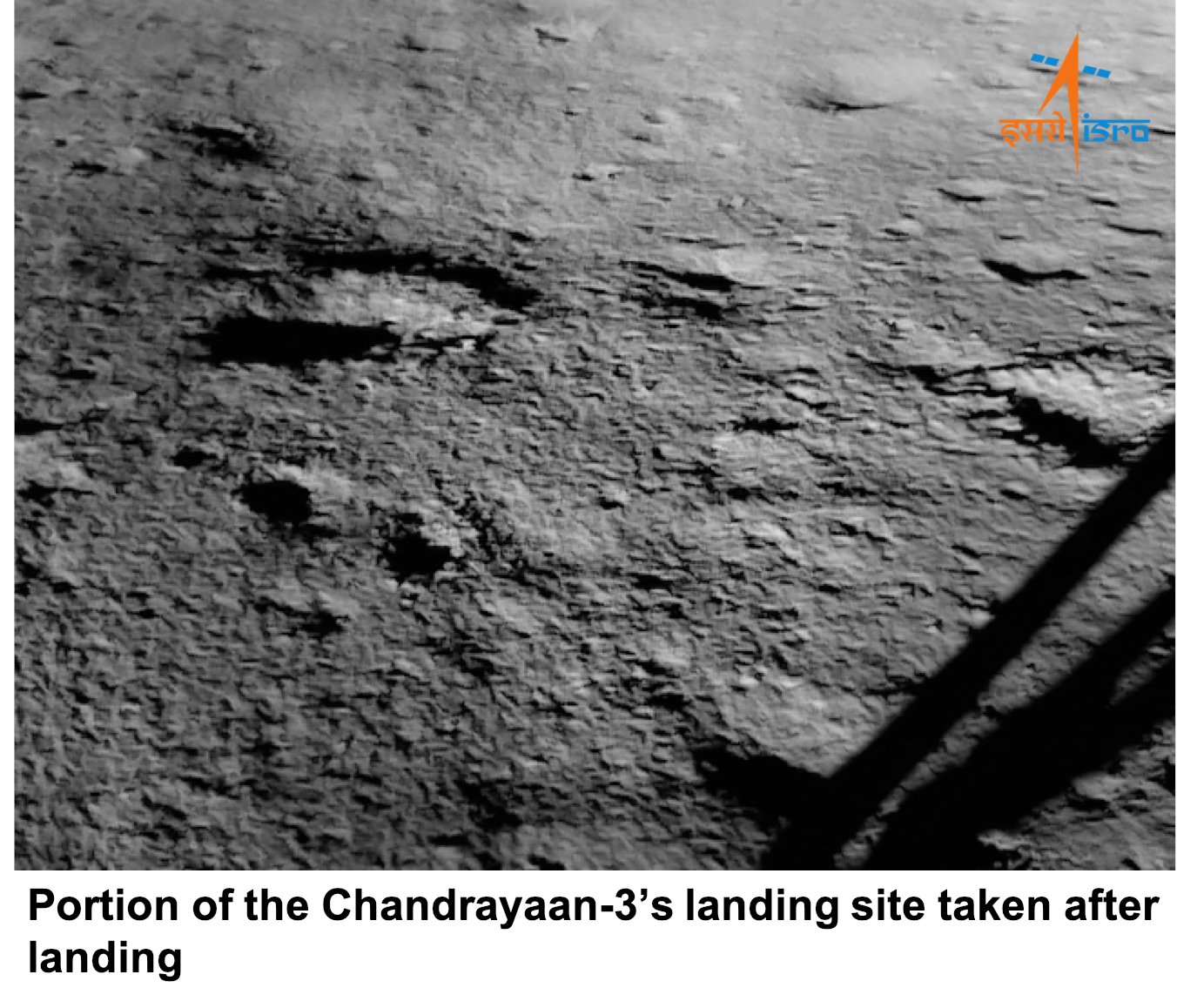
1. India is the first country to send a spacecraft near the moon’s lunar south pole
Earlier this week, Luna-25, Russia’s first moon mission in 47 years, failed, and the spacecraft crashed into the moon following a failed orbital manoeuvre. After the failed Russian attempt, India became the first country to reach the moon’s south pole.
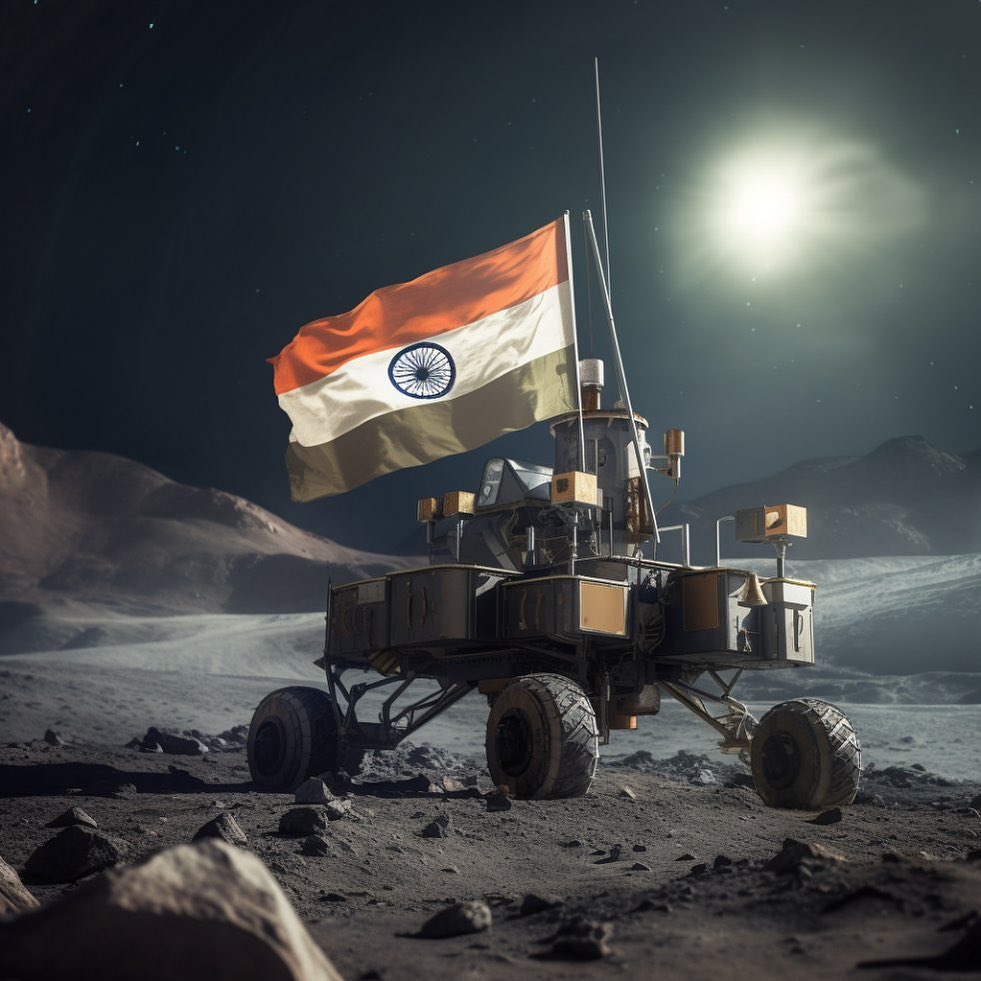
2. Chandrayaan-3 is an upscale of the Chandrayaan-2
In 2019, Chandrayaan-2 set out to pull off a similar remarkable feat. However, ISRO lost communication with the lander, a few kilometres from the lunar surface. Leaning on the lessons from its predecessor, ISRO Chairman S Somanath revealed Chandrayaan-3 is a failure-based design. “We looked at very many failures – sensor failure, engine failure, algorithm failure, calculation failure. So, whatever the failure we want it to land at the required speed and rate. So, there are different failure scenarios calculated and programmed inside”, he reportedly said.
For example, the landing area was increased to 4km x 2.5km, as opposed to the earlier 500m x 500m. Additionally, the lander carried more fuel, four solar panels instead of two.
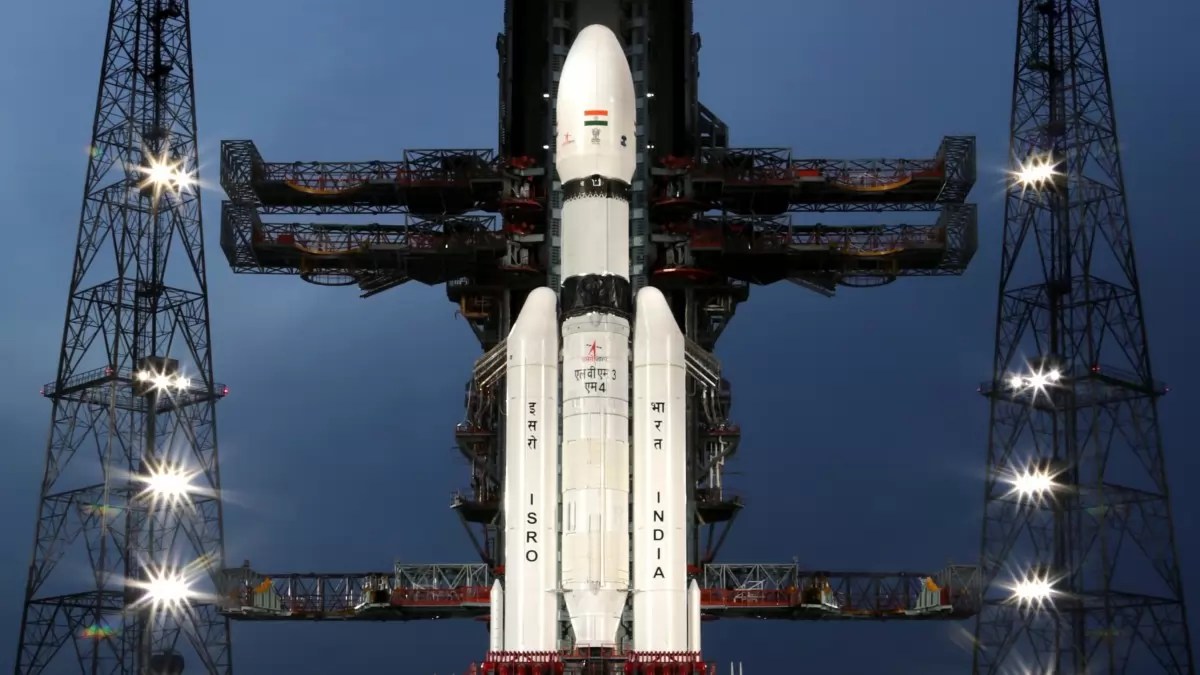
3. May allow us to study the composition of the early solar system
Because of the extremely cold temperature of the moon’s polar regions, they have largely remained unexplored. With Chandrayaan-3, there’s a chance to study the moon ice, which may provide “clues to the composition of the early Solar System”, noted T.V. Padma in Nature.
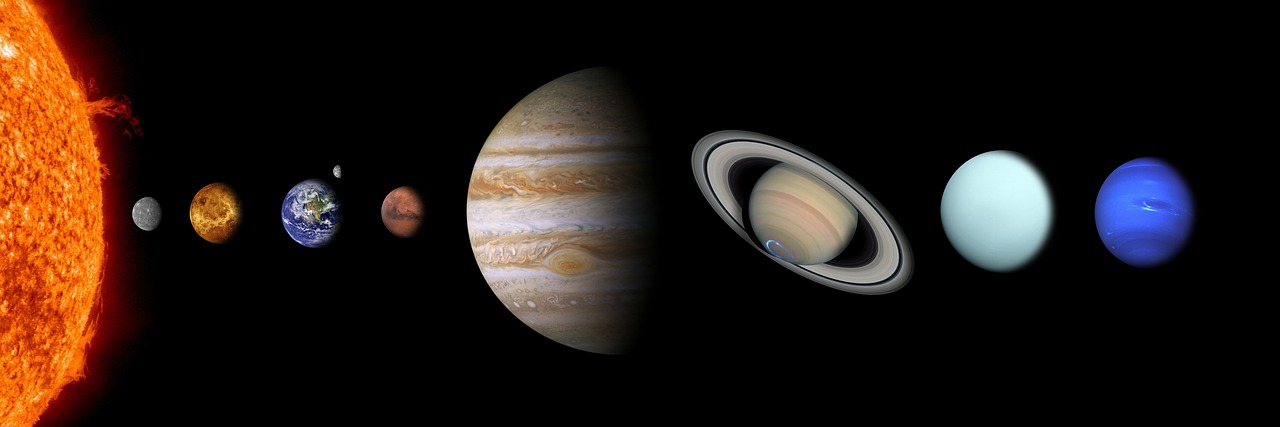
4. It aims to study important aspects of the lunar surface
Spacecrafts carry scientific instruments with them, which are referred to as payloads. Chandrayaan-3 mission has seven payloads (6 of ISRO’s and 1 of NASA’s) on the Vikram lander, Pragyan rover, and the propulsion module.
According to the ISRO website, the four payloads on the Vikram lander will study Moon’s thermal properties, plasma, seismic occurrences near the landing site, and the distance between the Moon and Earth using lunar ranging. The rover payloads, on the other hand, will examine the ‘elemental composition’ of the lunar surface.
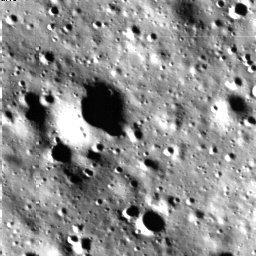
5. Chandrayaan-3 is the most economical lunar mission. Apparently, it is cheaper than ‘Adipurush’
Apparently, the budget of the Chandrayaan-3 is ₹615 crore, a whopping ₹75 crore cheaper than the reported ₹700 crore flop show we witnessed in the name of Adipurush.

Chandrayaan-3 scripted history. It was a remarkable feat for India, given we will be the first country to study moon’s south pole region. Here Are Some Facts That Show How Huge ISRO’s Achievement Is.

















